We use cookies to make your experience better. To comply with the new e-Privacy directive, we need to ask for your consent to set the cookies. Learn more
An insight into the link between hindgut ulcers and acidosis
When it comes to a horse's digestive health, hindgut ulcers and acidosis go hand in hand. In fact, hindgut acidosis is one of the main triggers for the development of ulcers in the horse's large intestine.
In addition to ulcers, hindgut acidosis is also a cause of:
- Laminitis
- Colic
- Endoxaemia
- Poor feed digestion
Hindgut acidosis is excessive acidity in the horse's hindgut, commonly caused by a high grain and low forage diet.
What causes hindgut acidosis?
In their natural state, horses thrive on a diet of low sugar fibre & roughage. In the hindgut, bacteria slowly and efficiently ferment this fibre to produce calories & vitamins.
However, with horses on high grain diets - grain will reach the horse's hindgut before it is digested in the stomach. The starch & sugars in the grains send bacteria into overdrive which results in an over-production of lactic acid.
The relationship between hindgut ulcers and acidosis
When acidosis occurs, the 'good' fibre fermenting bacteria die off. As they die, they release endotoxins, which is a precursor to ulcers. In addition, the pathogenic or 'bad' bacteria population increases.
Furthermore, the mucousy lining of the large intestine is compromised by the acidic environment. Without the protective mucous, micro blood vessels in the intestine become exposed. The pathogenic bacteria then attach to the exposed vessels and ulceration occurs.
Fibre is a horses friend
A horses gut is designed to consume a diet high in fibre (hay, grass etc.). Fibre ferments in the hindgut and then converts into useable energy. As horses have become more domesticated and their diets have altered (e.g. the addition of grain), they are eating less fibre and more starch.
The recommended standard for starch in a horses diet is 1-1.5g/kg of body weight per meal.
Diagnosis
Hindgut acidosis is often overlooked as the above symptoms aren't always obvious. Testing the pH of the horses manure is a quick and easy way to diagnose acidosis.
pH is a measurement of how acidic or alkaline a substance is on a scale from 0 to 14.
The pH in the hindgut is generally 6.5-7, at which good microorganisms such as fibre-fermenting bacteria, thrive.
If your horse's manure is lower than 6.5 then it's likely suffering from hindgut acidosis.
Prevention
Address the initial problem
- Limit starch to the recommended intake levels.
- Feed grain in small amounts and regularly (up to 2.5kg/day).
- Grains should be processed - look for pelleted, extruded or micronised as they are more easily digested by horses.
- Access to roughage - minimum intake of 1.5% of their body weight daily.
Treatment
Sucralfate is a cytoprotective agent for the symptomatic treatment of hindgut ulcers.
When ingested, sucralfate forms a thick viscous compound that adheres to the ulcer site, acting as a protective film, providing protection for up to six hours at a time.
Learn more about sucralfate and how to feed it in this article.

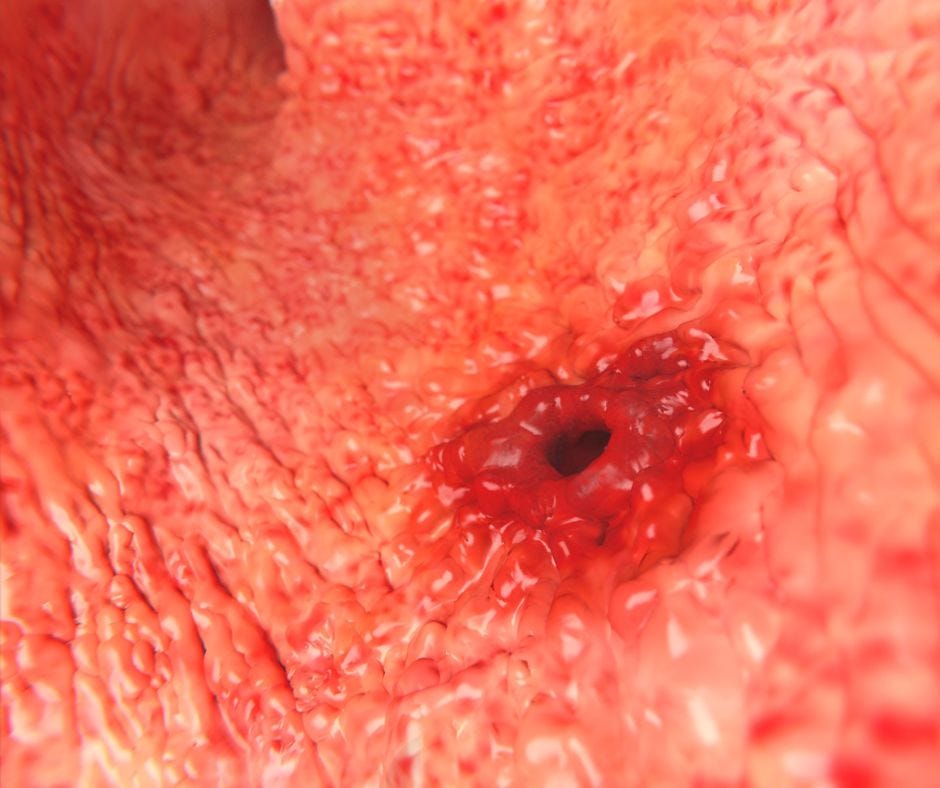
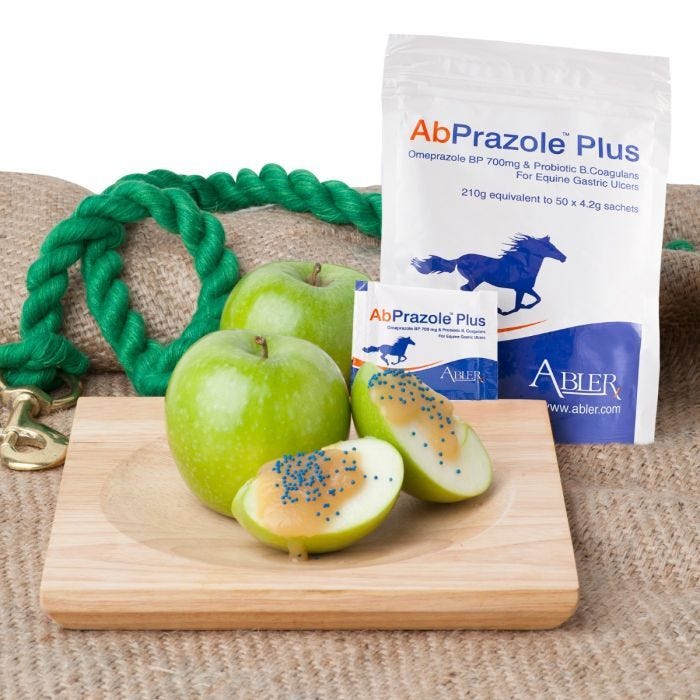

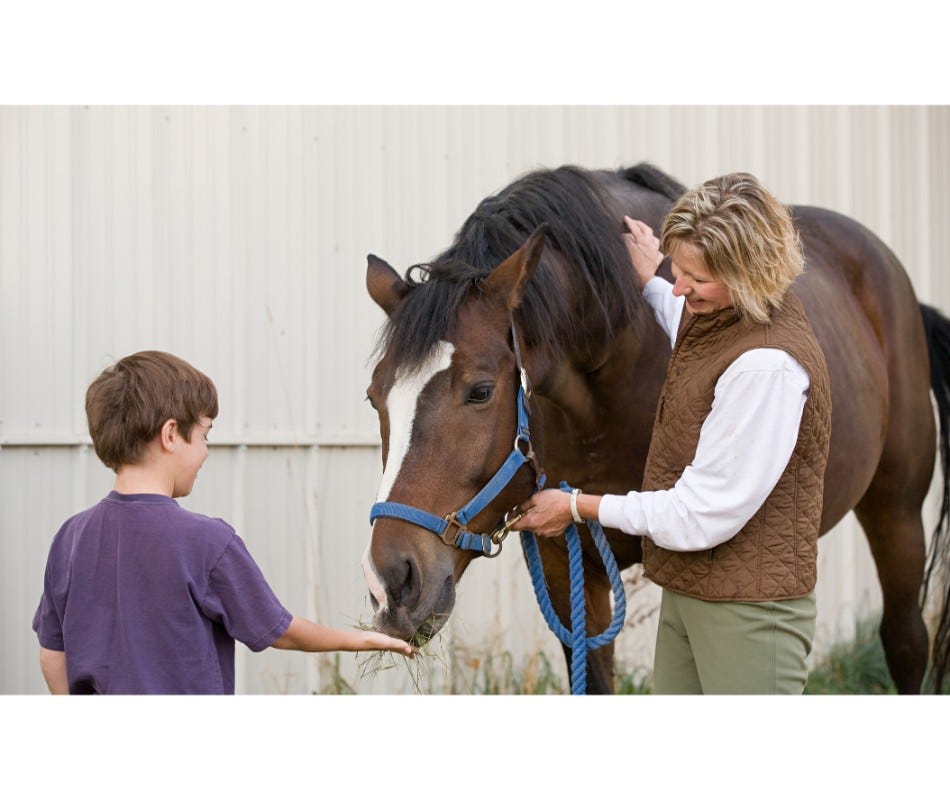
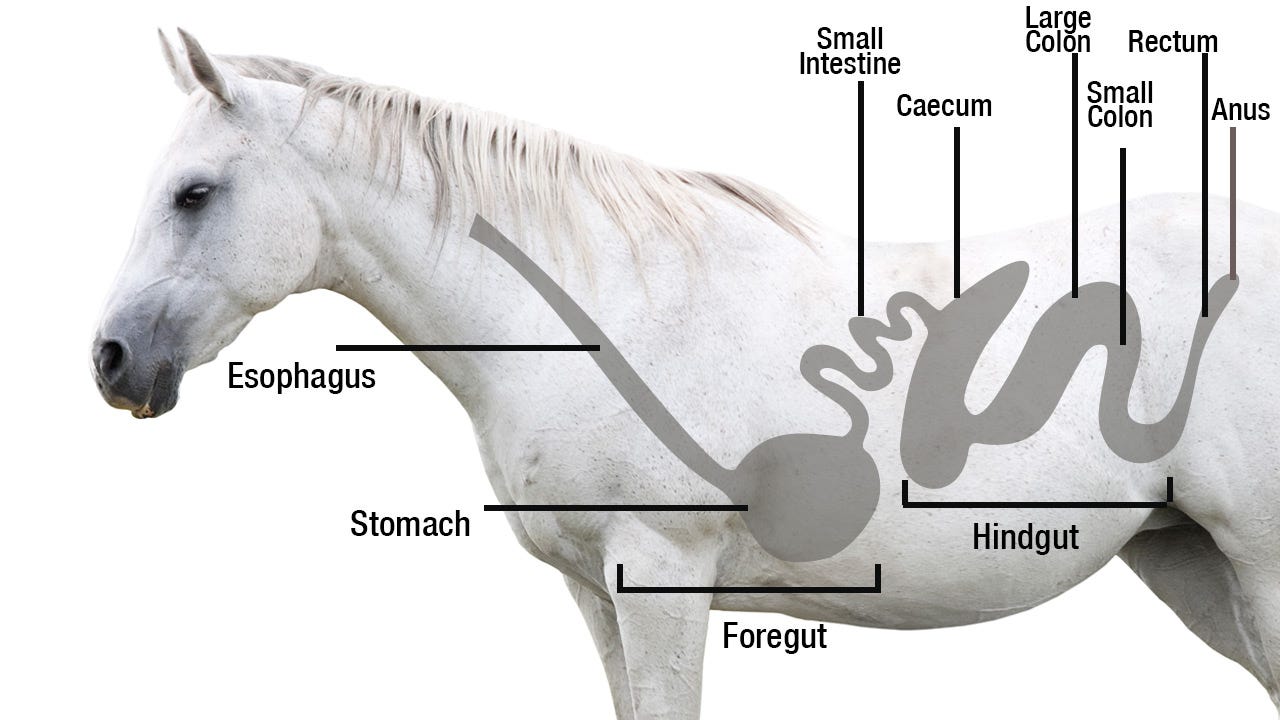

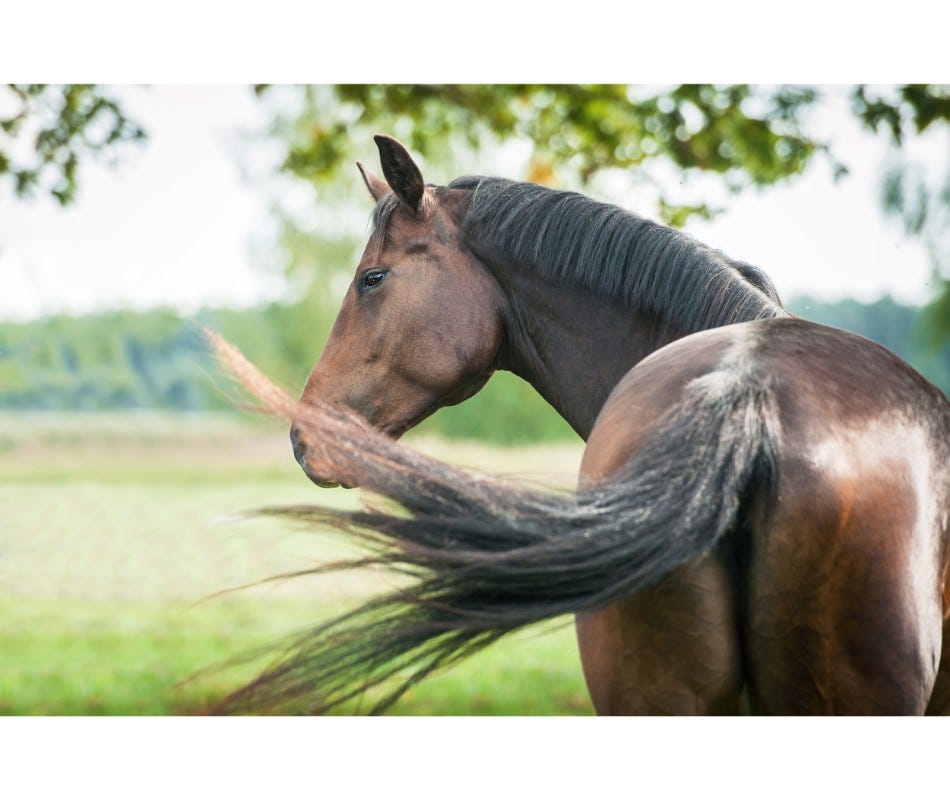
Validate your login